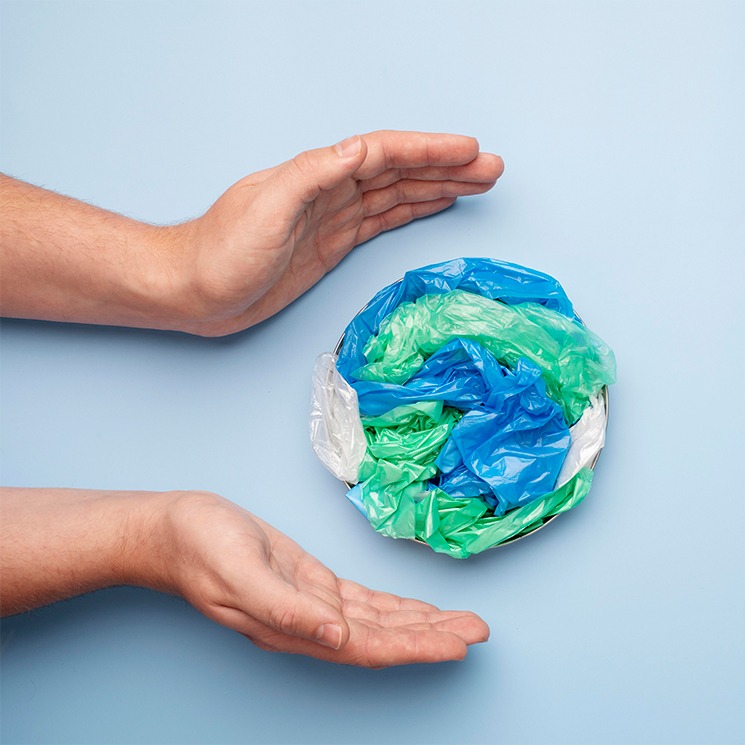The production of polystyrene in 1957 marked a promising beginning for the Indian plastics sector. Since then, the industry has quickly expanded and diversified. Over 2,000 exporters work in the sector. Four million people are employed by the plastics industry, which has more than 20,000 processing facilities, 80–90% of which are small- and medium-sized businesses. By 2025, this industry is projected to generate 9.1 lakh crores. 90% of hard plastics and 60% of flexible garbage are recycled as part of the company’s commitment to environmental sustainability. 90% of PET bottle trash is recycled, and manufacturers use scrap plastic from within the company.
Plastic has been essential for decades in a wide range of sectors, including agriculture, healthcare, packaging, construction, electronics, transportation, and machinery. The outstanding qualities of plastic, such as its lightweight, durability, chemical stability, and flexibility, can be credited for its widespread use. You can find plastics almost anywhere because they are so useful and ingrained in our daily lives.
India exported USD 10 billion worth of plastics in the 2019–2020 fiscal year; by 2025, this figure is anticipated to rise to USD 25 billion. India exported raw ingredients for plastic valued $3.29 billion in FY2021. The Indian plastics sector produces and exports a wide variety of raw materials, including packaging, laminates, fishnets, plastic-moulded extruded items, polyester films, plastic woven sacks and bags, and polyvinyl chloride (PVC), leather fabric and sheets, and travel accessories. The sector benefits greatly from the abundance of raw materials available domestically. As a result, manufacturers of plastic do not rely on imports. India is a potential global sourcing hub for these goods because the raw materials, such as polypropylene, high-density polyethylene, low-density polyethylene, and PVC, are produced domestically.
India’s economy benefits greatly from the plastics industry, which yearly produces goods worth 3 lakh crore. India can so develop into the top supply centre on the planet. Despite numerous benefits, the industry faces obstacles like increased costs and a shortage of raw materials like polymers, rising transportation costs, a lack of containers, and an inverted duty structure as a result of some free trade agreements. China is a significant competitor in this market. Government assistance on these matters will secure domestic industry growth and boost exports.
A PLI programme for the plastic industry, similar to those for other industrial sectors, might increase the output of plastic goods and assist exports. With guaranteed quality, a drop in the cost of power to the sector, and cheaper financing rates for capital investments, the competitiveness of plastic products can be increased. Future FTAs may specifically include some plastic products, which could encourage export expansion.
Similar to programmes for other industrial sectors, a PLI programme for the plastics industry might boost exports and expand production of plastic products. The competitiveness of plastic products can be raised with guaranteed quality, a decrease in the cost of power to the industry, and more affordable financing rates for capital investments. Future FTAs might particularly mention some plastic goods, which might promote export growth.
